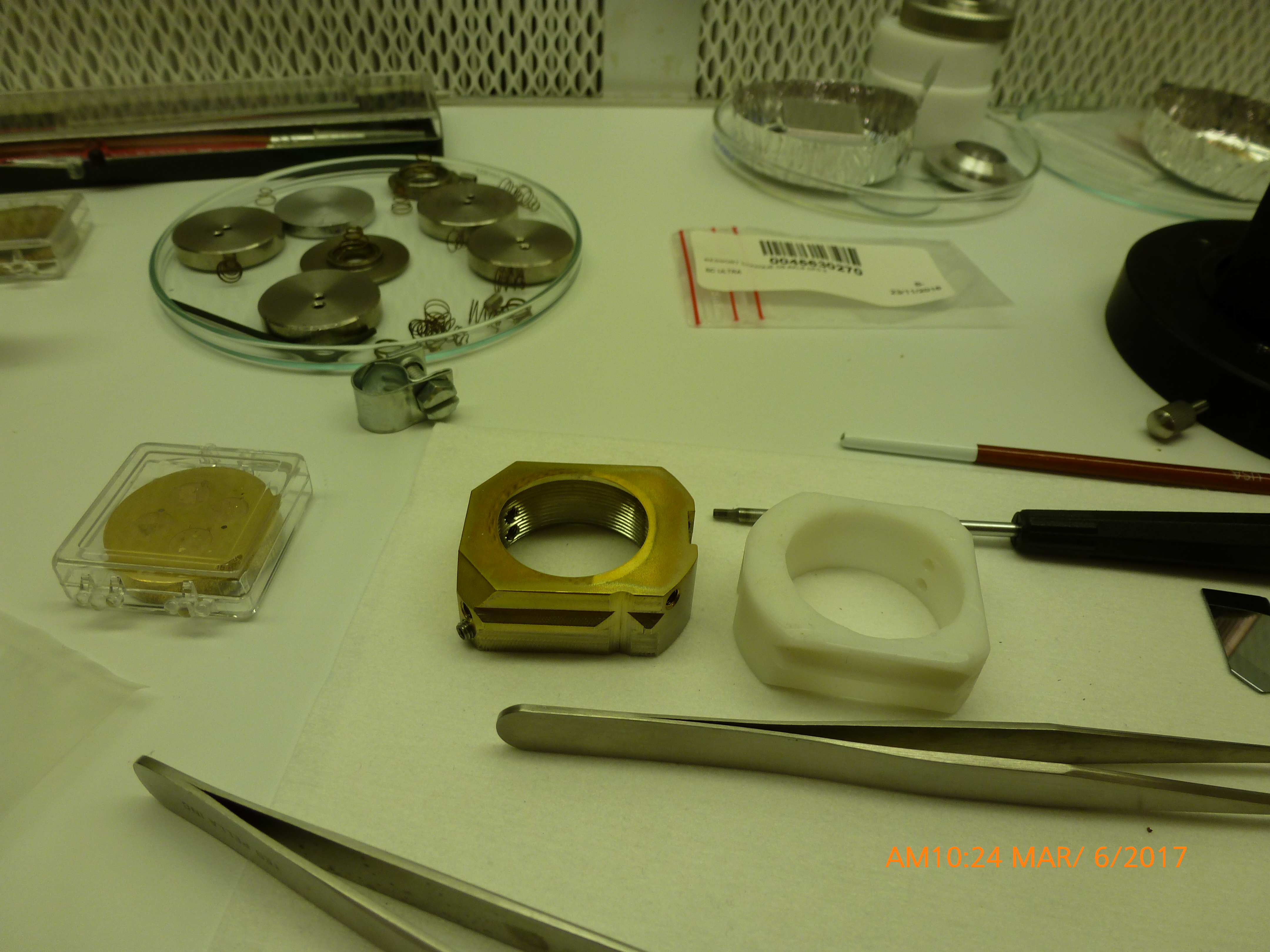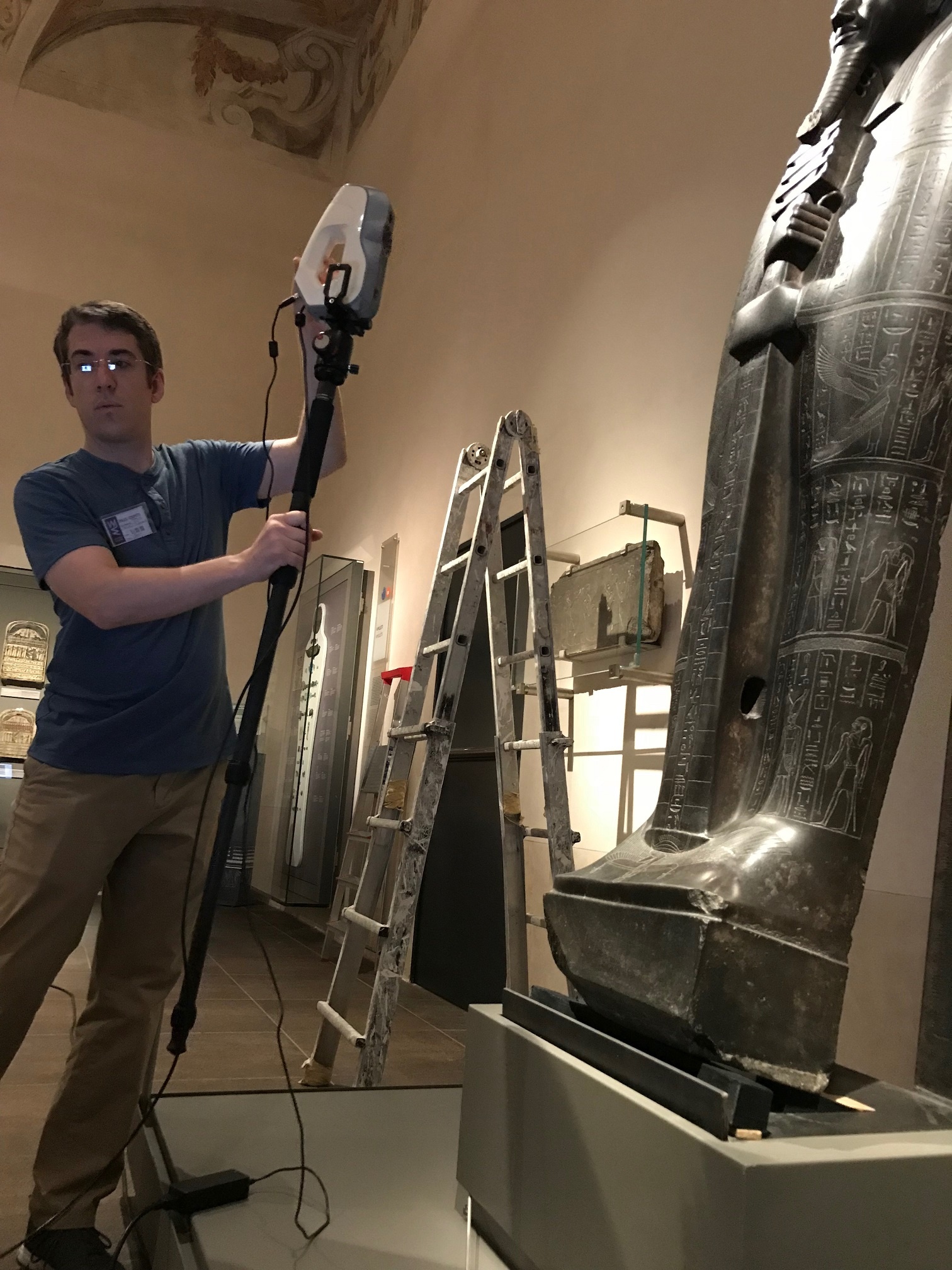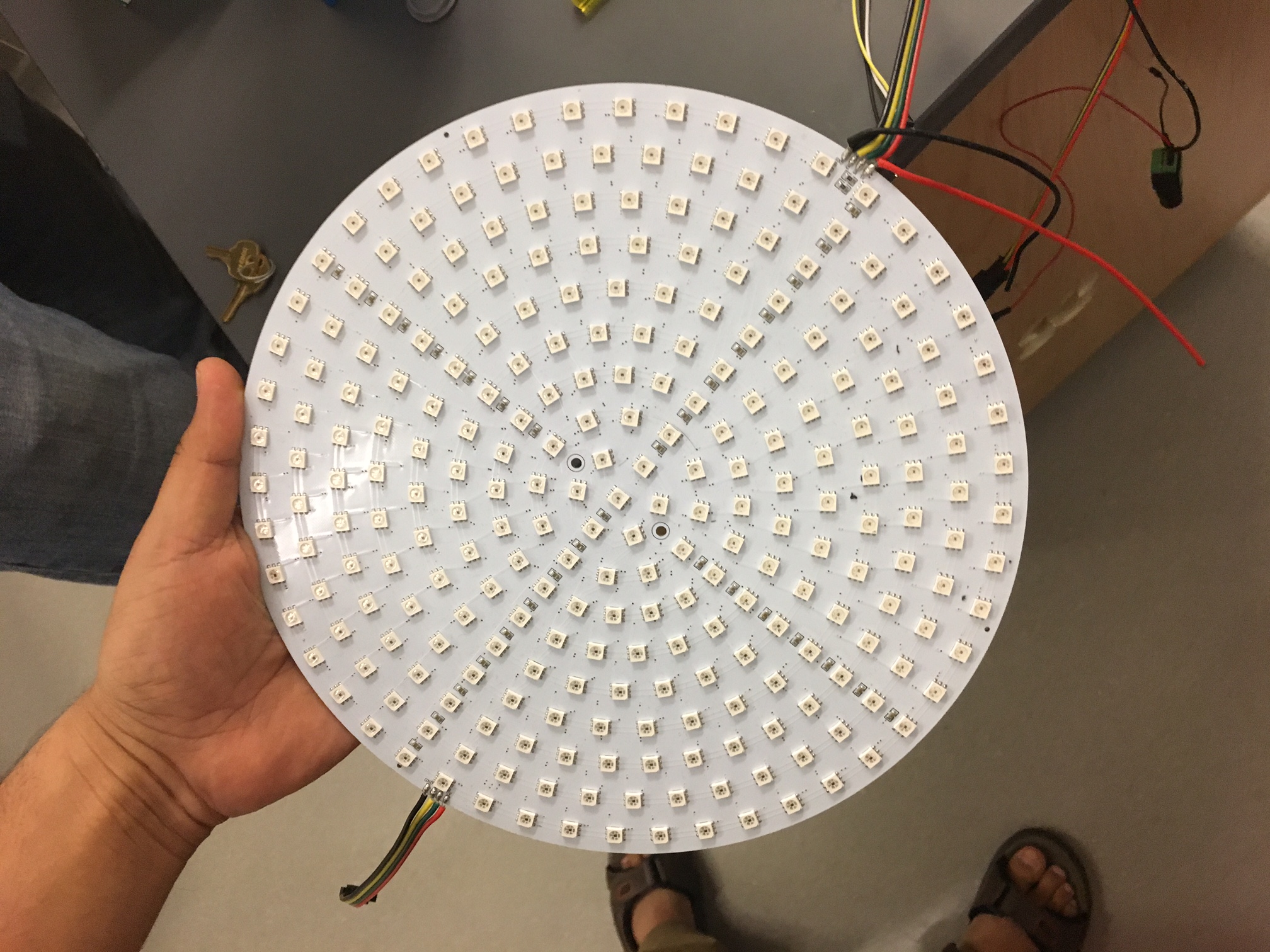One of the key visions that I’ve had for the Lux Lab is for our services to be designed to help facilitate research, both in the field and in our research labs here on campus. With this flexibility in mind, the Lux Lab has implemented professional quality 3D printing and scanning services. Our resin printers have been used for a variety of high-level applications, from creating parts to modify UCLA’s secondary ion mass spectrometer (SIMS), to creating high-fidelity facsimiles of hand-carved Chinese woodblocks that can (and will) be used to print the text contained in the collection.
As a member of the library, my mission has always been to design services that can support the largest variety of applications; in UCLA vernacular, to support both North and South campus work.
UCLA SIMS
The UCLA SIMS project was a partnership with NASA and the NSF that was built to analyze the solar particles that were brought back to Earth by NASA’s Genesis project. Upon successful completion of this data analysis, researchers wanted to modify the machine for other research purposes. The Lux Lab was able to produce various key parts (the white objects pictured above) that assisted in a portion of this modification.
The Museo Egizio
In addition to a focus on professional quality, the Lux Lab wanted its 3D scanning services to be portable. It is often the case that the objects that need to be scanned cannot be brought to our lab. I was fortunate enough to be asked to travel to Turin, Italy in order to scan a collection of ancient Egyptian healing stones. This collection was scanned in support of research being conducted by a PhD candidate in the Cotsen Institute of Archaeology. The Cotsen Institute also asked us to scan a sarcophagus at the Getty Institute shortly after our work in Italy.
Wollman Lab
Traditional cellular research using microscopy requires a great deal of projected light onto the cell, which causes the cell to die within a few days. The Wollman lab developed a plate of roughly 250 individual LEDs all specifically angled to converge onto an object. The device, dubbed the single plane illumination microscopy (SPIM), was prototyped using 3D printed parts from the Lux Lab. This iteration saved the lab thousands of dollars, and allowed them to machine only parts whose efficacy had been tested with our 3D printed prototypes.









